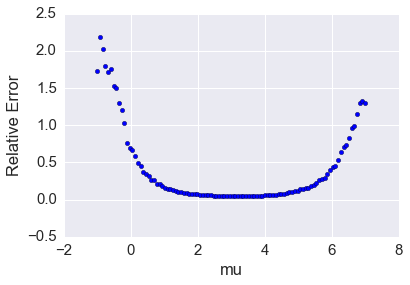

For many years, people have known that there exists a constant called and were also aware of the. Monte Carlo simulation is a technique used to approximate the probability of an event by running the same simulation mutiple times and averaging the results 1. I think it’s pretty clear to see who the winner is as far as speed is concerned. In this notebook, we will estimate the value of using Monte Carlo simulation. Woah! Using my machine- R is over 220 times faster than Python! Reticulate::py$endTime/as.numeric(endTime) Monte Carlo Summary (OIIP) : Min 1.91, Mean 14. "Difference from True Pi": })įrom the following ratio we can see how much faster R is than Python: library(reticulate) Print("Time difference of "+ str(endTime) + " secs\n") # Define Number of points we want to estimate The Solution with Python import numpy as np The Solution with R #' Define Number of points we want to estimateĭata.frame(n, "MC Estimate"=unlist(avgs), "Difference from True Pi"= abs(unlist(avgs)-pi)) For R we will be using lapply to implement the Monte Carlo algorithm and for Python we will using for loops. We are going to seek to approximate the value of using the above algorithm.

#Estimating pi using monte carlo python code
But the question is, which code will run faster?įor our challenge we are going to be writing code which is as intuitive as possible in each language. The code for this is relatively straight forward. Take the mean of, : – this is our approximation.To approximate, we use the following Algorithm: Thus, to approximate, the function that we will be using is:

The Unit Circle Graphed with Desmos Graphing Calculatorįor, the length of a quarter of the unit circle.


 0 kommentar(er)
0 kommentar(er)
